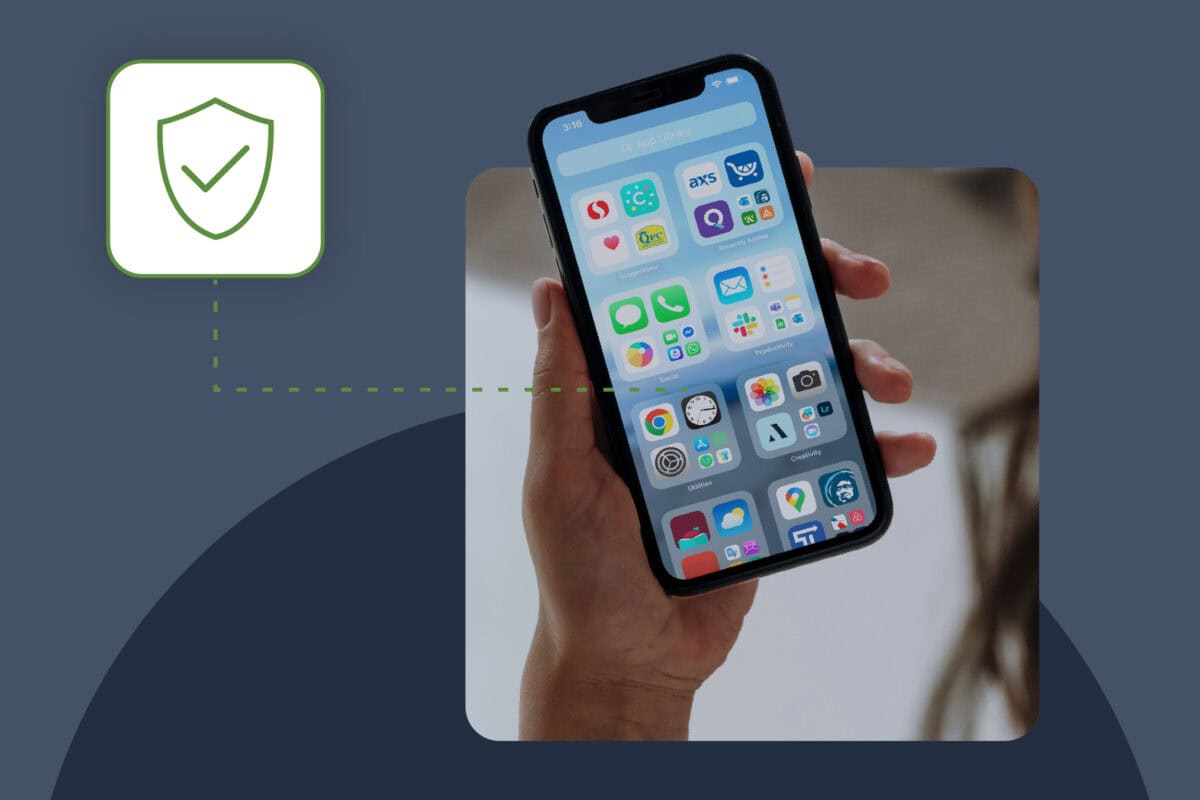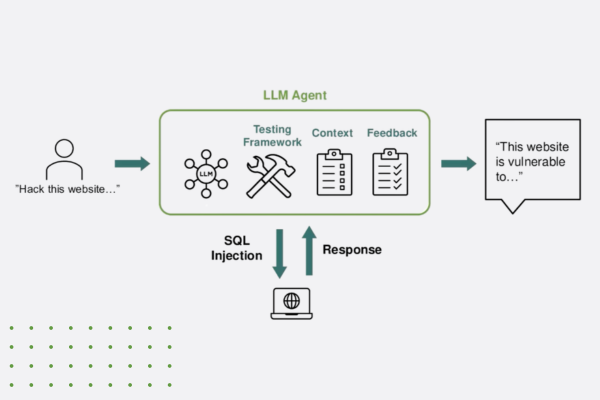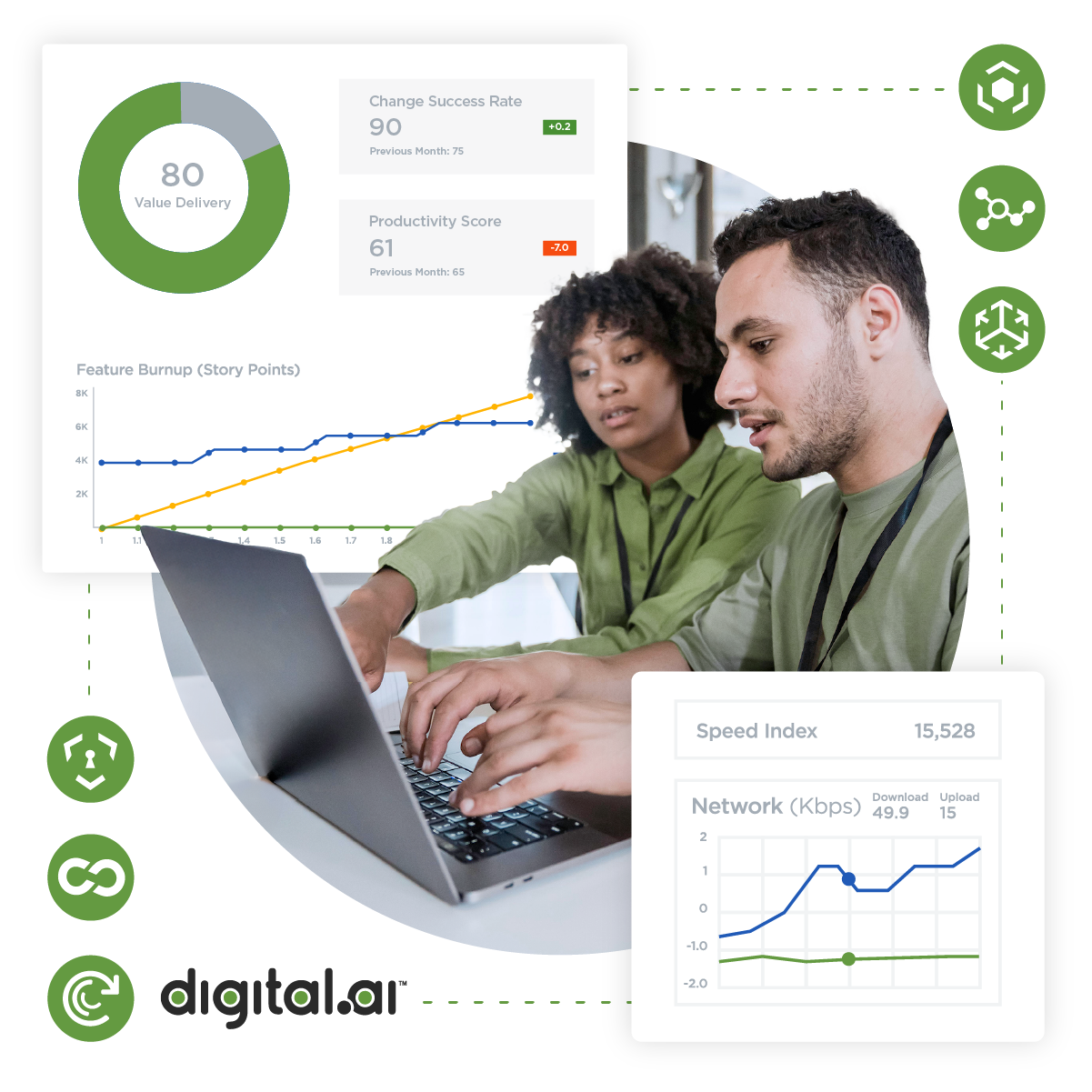Table of Contents
Related Blogs
Why Obfuscate C Code?
Obfuscating C code is a crucial practice in application security, especially for software developers aiming to protect their intellectual property and sensitive data from malicious actors. Unlike higher-level languages, C often interacts closely with system resources, making it an attractive target for reverse engineering and exploitation. By obfuscating C code, developers can make their software more resistant to analysis and tampering, safeguarding against piracy, unauthorized access, and code injection attacks. Furthermore, obfuscation can serve as a deterrent, increasing the difficulty and cost for attackers attempting to compromise the software, thus providing an additional layer of defense in the software security strategy.
Common Use Cases and Scenarios
Obfuscating C code can be beneficial across various industries and applications. Here are a few common use cases and scenarios:
- Protecting Proprietary Algorithms: Companies that develop software containing proprietary algorithms or unique processing techniques often obfuscate their C code to prevent competitors from reverse-engineering their intellectual property. This is particularly important in fields like financial services, where algorithms for trading or risk assessment provide a competitive edge.
- Securing Embedded Systems: C is widely used in developing embedded systems found in devices ranging from consumer electronics to industrial machinery. Obfuscating the firmware or software running on these devices helps protect against tampering and unauthorized modifications, ensuring the integrity and reliability of the system.
- Gaming and Entertainment: Protecting game logic and anti-cheat mechanisms from being reverse-engineered is critical in the gaming industry. Obfuscating the C code of game engines and other core components helps prevent cheating, piracy, and the creation of unauthorized mods, preserving the game’s balance and profitability.
- Financial Applications: Financial software, such as online banking applications or trading platforms, often contains sensitive data and critical security mechanisms. Obfuscating the C code in these applications helps protect against attacks aimed at stealing personal information and financial data or compromising transaction integrity.
- Securing Communication Protocols: Applications that implement custom communication protocols or encryption methods can be vulnerable to eavesdropping and data interception if their code is easily readable. Obfuscating C code in such applications helps safeguard communication channels and ensure data exchanges remain secure and confidential.
- Medical Devices: In the healthcare sector, medical devices often rely on embedded software written in C to function correctly. Obfuscating this code can prevent unauthorized access and tampering, which could otherwise lead to incorrect diagnoses, treatment errors, or breaches of patient data.
By implementing obfuscation techniques, developers can significantly enhance the security and resilience of their C-based applications across these and other scenarios.
Fundamentals of C Code Obfuscation
Basic Techniques
- Renaming: One of the simplest obfuscation techniques involves renaming variables, functions, and classes to meaningless or misleading names. For example, changing `int customerID` to `int a1b2c3`. This makes it harder for someone reading the code to understand its purpose and functionality.
- Control Flow Obfuscation: This technique involves altering the structure of the program’s control flow. By adding redundant or misleading control flow statements (e.g., unnecessary loops, conditionals), the program’s logical flow becomes more complex and difficult to follow.
- String Encryption: Encrypting strings within the code prevents attackers from easily reading or modifying them. The encrypted strings are decrypted at runtime, making it challenging for static analysis tools to extract meaningful information.
- Code Insertion: Introducing dummy code that does not affect the program’s functionality can confuse attackers. This may include no-operation instructions, fake functions, and irrelevant code blocks, all of which complicate reverse engineering efforts.
- Opaque Predicates: These are boolean expressions that are always true or always false but are constructed in such a way that it is hard to determine their constant value without executing the code. They are used to obfuscate control flow and make static analysis difficult.
Tools and Software for Code Obfuscation
- Obfuscator-LLVM: This open-source tool extends the LLVM compiler infrastructure to support code obfuscation. It offers several obfuscation techniques, including control flow flattening, instruction substitution, and bogus control flow insertion.
- Stunnix C/C++ Obfuscator: This commercial tool provides obfuscation for C and C++ code. It includes features like identifier renaming, control flow obfuscation, and code morphing to protect the software from reverse engineering.
- Digital.ai Application Security (Formerly Arxan): A commercial solution offering comprehensive application protection, including code obfuscation, encryption, and tamper detection. It is widely used in industries requiring high security, such as finance and healthcare.
Pros and Cons of Code Obfuscation
Pros:
- Enhanced Security: Obfuscation makes it significantly more difficult for attackers to reverse-engineer the code, protecting intellectual property and sensitive data.
- Deterrence: The increased complexity and effort required to analyze obfuscated code can deter attackers from attempting to compromise the software.
- Protection Against Automated Tools: Obfuscation can effectively thwart automated reverse engineering tools and static analysis techniques, adding an additional layer of defense.
Cons:
- Performance Overhead: Some obfuscation techniques can introduce performance penalties, potentially slowing down the application.
- Maintenance Challenges: Obfuscated code is harder to debug and maintain, which can increase the complexity of future development and updates.
Implementing C Code Obfuscation
Before diving into code obfuscation, preparing your codebase is essential to ensure a smooth and effective obfuscation process. Here are the key steps to get started:
- Code Review and Cleanup: Conduct a thorough review of your code to identify and eliminate any redundant or dead code. Clean up the codebase by removing unnecessary comments, debug statements and unused functions. This will reduce the complexity of the code and make the obfuscation process more manageable.
- Refactor for Readability: Although obfuscation will eventually make the code harder to read, starting with well-organized and readable code helps maintain a clear understanding of the program’s functionality. Refactor code into smaller, modular functions and ensure that each part of the code has a single, well-defined responsibility.
- Version Control: Ensure your code is version-controlled correctly using a system like Git. This allows you to track changes, revert to previous versions if necessary, and collaborate with other team members. It also provides a baseline against which you can measure the impact of obfuscation on the codebase.
- Automated Tests: Develop a comprehensive suite of automated tests to verify the functionality of your code. This is crucial because obfuscation can introduce subtle bugs or performance issues. Automated tests help ensure that the obfuscated code behaves as expected and that no new issues are introduced during the obfuscation process.
- Documentation: Maintain up-to-date documentation of your codebase, including architecture diagrams, API documentation, and usage guides. This is important for future maintenance and debugging, especially after obfuscation, which makes the code harder to understand.
- Backup and Snapshot: Before applying any obfuscation techniques, create a backup or snapshot of your current codebase. This ensures a fallback option if something goes wrong during the obfuscation process.
With your codebase properly prepared, you can implement code obfuscation techniques to enhance the security and integrity of your software.
Choosing the Right Tools
Selecting the appropriate tools for obfuscating your C code is crucial to ensure effective protection without significantly impacting performance or maintainability. Here are some key considerations and recommended tools to help you make an informed choice:
Key Considerations
- Compatibility: Ensure the obfuscation tool is compatible with your development environment, including the compiler, build system and any third-party libraries you use. Compatibility issues can lead to integration problems and hinder the development process.
- Ease of Use: Choose a tool that is user-friendly and well-documented. A steep learning curve can slow the implementation process and increase the risk of errors.
- Level of Obfuscation: Different tools offer varying levels of obfuscation, from basic techniques like renaming to more advanced methods such as control flow obfuscation and encryption. Based on your specific security requirements, select a tool that provides the level of protection you need.
- Performance Impact: Some obfuscation techniques can introduce performance overhead. Evaluate the performance impact of the tool on your application to ensure it remains within acceptable limits.
- Support and Updates: Opt for a tool actively maintained and supported by its developers. Regular updates and a responsive support team can help address any issues and ensure the tool remains effective against emerging threats.
- Cost: Consider the tool’s cost in relation to your budget and the value it provides. While some open-source tools are free, commercial solutions often offer additional features and support that may justify the expense.
By carefully considering your specific needs and evaluating the available tools, you can select the right obfuscation tool to protect your C code effectively.
Step-by-Step Guide to Obfuscating a Simple C Program
In this section, we will walk through the process of obfuscating a simple C program using the Obfuscator-LLVM tool. This example assumes you have a basic understanding of C programming and access to a Unix-like environment.
Step One: Install Obfuscator-LLVM
First, you need to install the Obfuscator-LLVM tool. Follow these steps:
1. Install LLVM: Download and install LLVM if you don’t already have it. You can download it from the official LLVM website.
sudo apt-get install llvm
2. Clone the Obfuscator-LLVM Repository: Clone the repository from GitHub.
git clone cd obfuscator
3. Build and Install Obfuscator-LLVM: Follow the build instructions provided in the repository.
mkdir build cd build cmake .. make sudo make install
Step 2: Prepare Your C Program
Let’s take a simple C program as an example. Save the following code as `example.c`:
#include <stdio.h>
int main() {
int a = 5;
int b = 10;
int sum = a + b;
printf("Sum: %d\n", sum);
return 0;
}
Step 3: Compile the Program with Obfuscation
Use the Obfuscator-LLVM tool to compile and obfuscate the program. Here’s how you can do it:
1. Compile with Clang: Use Clang (part of the LLVM suite) to compile your C code with obfuscation passes. We’ll use the `-mllvm` flag for this example to apply control flow flattening.
```sh clang -Xclang -load -Xclang ../build/lib/Obfuscator.so -mllvm -fla -o example example.c ```
This command compiles `example.c` and applies control flow flattening to obfuscate the program’s control flow.
Step 4: Verify the Obfuscated Program
Run the obfuscated program to ensure it behaves as expected:
sh ./example
You should see the output:
Sum: 15
Even though the internal code structure has been obfuscated, the program should still function correctly.
Step 5: Analyze the Obfuscated Code
To see the effect of the obfuscation, you can use tools like `objdump` to disassemble the compiled binary and inspect the obfuscated code:
objdump -d example
Compare the disassembled output with a non-obfuscated version to appreciate the changes made by the obfuscation process.
Step 6: Implement Additional Obfuscation Techniques
You can apply additional obfuscation techniques supported by Obfuscator-LLVM, such as bogus control flow insertion (`-bcf`) and instruction substitution (`-sub`). Modify the compilation command as needed:
clang -Xclang -load -Xclang ../build/lib/Obfuscator.so -mllvm -fla -mllvm -bcf -mllvm -sub -o example example.c
Step 7: Automate the Process
For larger projects, you might want to automate the obfuscation process using a build script or integrating it into your build system (e.g., Makefile, CMake). Here’s a simple example of a Makefile entry to compile and obfuscate your C program:
Makefile CC=clang OBFUSCATOR_FLAGS=-Xclang -load -Xclang ../build/lib/Obfuscator.so -mllvm -fla -mllvm -bcf -mllvm -sub CFLAGS=$(OBFUSCATOR_FLAGS) example: example.c $(CC) $(CFLAGS) -o example example.c
Following these steps, you can effectively obfuscate your C code using the Obfuscator-LLVM tool. This process helps protect your code from reverse engineering and unauthorized tampering while maintaining its intended functionality. Remember to test thoroughly to ensure that the obfuscated code performs as expected and to consider the performance impact of obfuscation techniques on your application.
Testing Obfuscated C Code
Ensuring that your obfuscated C code functions correctly and maintains acceptable performance is crucial. Testing should cover multiple aspects, including unit testing, functional testing, performance testing, and debugging. Here’s how to approach each type of testing for obfuscated C code:
Unit Testing
- Automate Unit Tests: Before obfuscating your code, develop a comprehensive suite of unit tests. These tests should cover all critical functions and edge cases in your code.
- Run Tests Pre- and Post-Obfuscation: Execute your unit tests on the original, unobfuscated code to establish a baseline. After obfuscation, run the same tests to ensure the code behaves correctly.
- Continuous Integration (CI): Integrate unit tests into your CI pipeline to automatically run tests whenever changes are made. This ensures that any issues introduced by obfuscation are detected early.
```sh make test ```
Ensure your Makefile or build script includes a target for running tests.
Functional Testing
- End-to-End Testing: Perform end-to-end tests to verify that the application’s overall functionality remains intact after obfuscation. These tests simulate real-world usage scenarios to ensure the application works as expected.
- Automated Functional Tests: Create and execute functional tests using automated testing frameworks (e.g., Selenium, Cucumber). Automated tests help quickly identify issues that might not be evident from unit tests alone.
- User Acceptance Testing (UAT): Involve end-users in testing the obfuscated application to validate that it meets their requirements and functions correctly in a real-world environment.
Performance Testing
- Benchmarking: Establish performance benchmarks for the original, unobfuscated code. Measure key performance metrics such as execution time, memory usage, and response time.
- Compare Performance: After obfuscation, rerun the benchmarks to compare the performance of the obfuscated code against the original. Identify any significant performance degradations.
- Optimize Obfuscation: If performance issues are detected, consider adjusting the obfuscation settings or techniques to balance security and performance.
sh time ./example
Use tools like `time` to measure execution time and `valgrind` for memory usage analysis.
Debugging Obfuscated Code
1. Symbolic Debugging: Obfuscated code can make debugging more challenging due to renamed variables and functions. Use a debugger that supports symbolic debugging to trace through the obfuscated code.
sh gdb ./example
2. Debug Symbols: If possible, maintain debug symbols in a separate, non-obfuscated version of the code. This allows you to correlate the obfuscated code with the original, making it easier to identify and fix issues.
3. Logging and Assertions: Incorporate extensive logging and assertions in your code to help identify issues during runtime. Ensure that the logging statements are meaningful and can aid in tracing the program’s flow.
4. Isolate Issues: When a bug is detected, isolate the affected portion of the code and create a minimal reproducible example. This helps in understanding how obfuscation may have impacted the functionality.
5. Reverse Obfuscation: In extreme cases, you may need to reverse the obfuscation to identify the root cause of an issue. This should be a last resort and only used when other debugging methods fail.
Testing obfuscated C code is a critical step to ensure that the obfuscation process has not introduced errors or performance issues. By thoroughly unit testing, functionally testing, performance testing, and debugging, you can maintain the integrity and reliability of your software while benefiting from the added security that obfuscation provides. Always document your testing processes and results to facilitate future maintenance and troubleshooting.
Conclusion
Obfuscating C code is vital for enhancing application security by making it difficult for attackers to reverse-engineer and tamper with your software. Each step is crucial for successful implementation, from understanding the importance of obfuscation and exploring common use cases to preparing your codebase and selecting the right tools. Following a step-by-step guide to obfuscation and rigorously testing the obfuscated code through unit, functional, and performance testing ensures that your application remains secure and performs reliably. Integrating these practices into your development workflow protects your intellectual property and safeguards sensitive information effectively.
Are you ready to scale your enterprise?
Explore
What's New In The World of Digital.ai
AI-Powered Hacking or: How To Learn to Stop Worrying and Love the LLM
LLM, Please Write This Intro Before explaining how AI helps…
Announcing Quick Protect Agent: MASVS-Aligned Protections, Now Easier Than Ever
Easily apply OWASP MASVS-aligned protections to your mobile apps—no coding needed. Quick Protect Agent delivers enterprise-grade security in minutes.
“Think Like a Hacker” Webinar Recap: How AI is Reshaping App Security
Discover how generative AI is reshaping app security—empowering both developers and hackers. Learn key strategies to defend against AI-powered threats.




